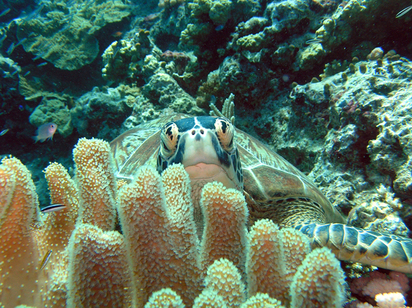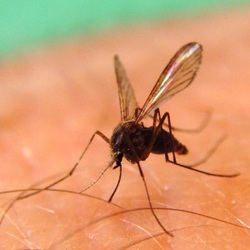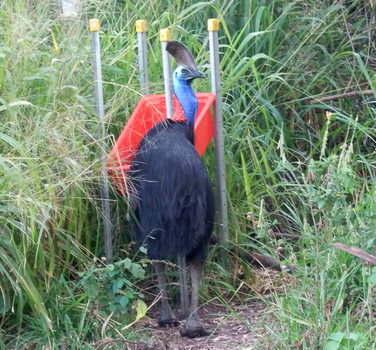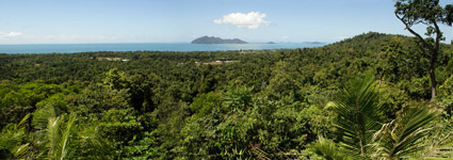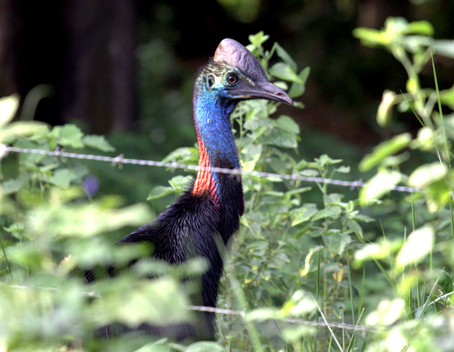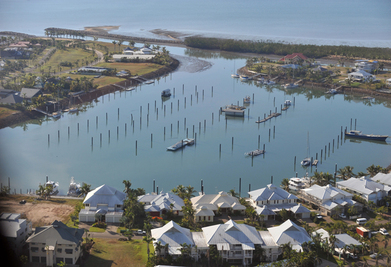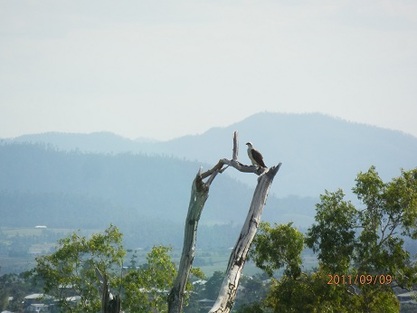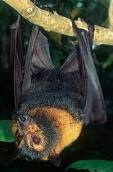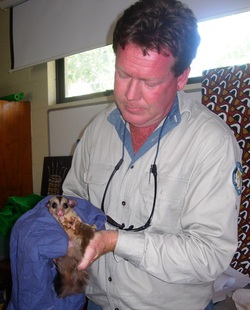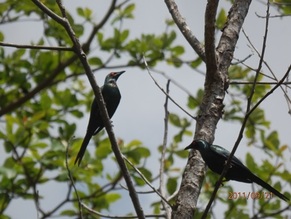
On Tuesday last week two metallic starlings arrived in the nursery. By Thursday there was a flock of a hundred very hungry birds. It’s so good to see them back. As nature arranges, the macaranga are in fruit and the trees vibrate as the birds feed from inside the dense foliage. Saturday the metallic starlings were showing signs of courtship. Male song imitating canaries and budgerigars, or at least that what it sounded like to me. The female with head bent tweeting.
